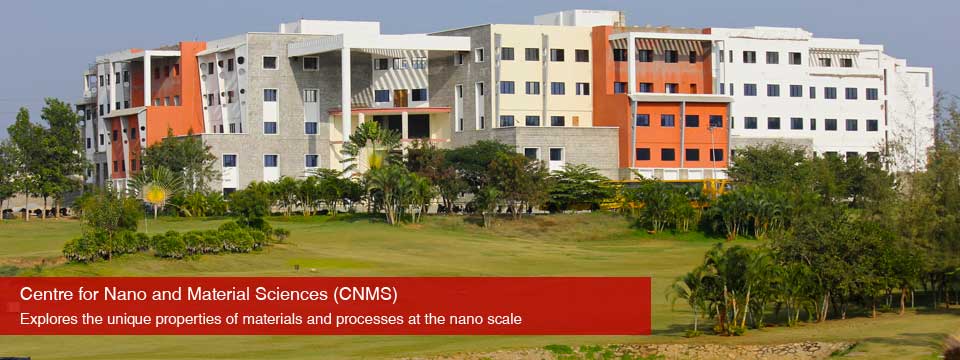Research in the thematic area of diabetes
Diabetes mellitus more commonly called as sugar is characterized by high levels of blood glucose and is a chronic metabolic disorder. This is a very serious and globally prevailing non-communicable disease which leads to multiple organ damage, dysfunction and failure. According to the recent statistics by the International Diabetes Federation (IDF), it was estimated that as of 2017, about 425 million adults were living with blood sugar condition and it is expected that by the year 2045, the number will rise to 629 million. Lower middle income countries like India have the highest cases of mortality and morbidity. Globally, at least 1 in 11 people suffer with diabetes. The successful classes of oral drugs currently available in the pharmaceutical market for the most commonly occurring type II diabetes treatment are Sulfonylureas, Biguanides, α‑Glucosidase inhibitors, Meglitinides, Thiazolidinediones, Amylin analogue, GLP‑1RAs, DPP‑4 inhibitors, Bile-acid sequestrant, Dopamine‑2 agonist and SGLT2 inhibitors. Metformin and Sitagliptin are the most successful commercially available drugs till date to treat type II diabetes. Sotagliflozin, Albiglutide, Alogliptin and Dulaglutide are few of the recently developed and FDA approved oral drugs for the treatment of elevated blood glucose levels. Although the currently available drugs have been successful, they pose many adverse side effects such as abdominal and gastrointestinal discomforts effects like diarrhoea, drug intolerance, hypoglycaemia, weight gain, hepatotoxicity, bone density reduction and fraction risks, nausea, cardiovascular disease risks and genital infections.
Through our research efforts in organic and inorganic chemistry, we are trying to develop efficacious antidiabetic drug candidates. Some of our works which have been published in the area of antidiabetic research are given below-
Title: Coumarin tethered cyclic imides as efficacious glucose uptake agents and investigation of hit candidate to probe its binding mechanism with human serum albumin, Bioorganic Chemistry, 2019, 92, 103212. doi: https://doi.org/10.1016/j.bioorg.2019.103212
Authors: M. Kongot, D. Reddy,V. Singh, R. Patel, N.K. Singhal, Amit Kumar
Highlights:
- Coumarin-cyclic imide conjugates were designed for glucose uptake activity.
- Compound 1f identified as hit candidate exhibited 85.21% of glucose uptake.
- All the compounds displayed good safety profile in HEK293 cell lines.
- Active compounds were stable at varied pH conditions.
- Compound 1f binds with HSA without disrupting its secondary structure.
Title: A novel biocompatible NiII tethered moiety as a glucose uptake agent and a hit against methicillin-resistant Staphylococcus aureus, European Journal of Pharmaceutical Sciences, 2018, 123, 335–349. https://doi.org/10.1016/j.ejps.2018.07.008
Authors: Manasa Kongot, Neeraj Dohare, Vishal Singh, Nitin Kumar Singhal, Rajan Patel, Amit Kumar
Highlights:
- A novel binuclear NiII compound [{NiII(hpdbal-sbdt)}2] (2) has been synthesized and characterised using the ligand, H2hpdbal-sbdt (1).
- The antidiabetic activity assay results showed 85% and 95% of fluorescent glucose uptake by insulin resistant HePG2 cells treated with compounds 1 and 2 respectively.
- The 2-NBDG uptake by the cells treated with the compound 2 was observed to be comparable to the standard antidiabetic drug metformin.
- Compound 2 showed significant inhibitory action towards the methicillin-resistant Staphylococcus aureus (MRSA) strain with an MIC value of 2 µg/mL
- The interaction study data compliments well with the activity studies and infers that this active complex can be used for in vivo testing with animal models.
Title: ONS donor entwined iron(III) and cobalt(III) complexes with exemplary safety profile as potent anticancer and glucose uptake agents, New Journal of Chemistry, 2019, 43, 10932-10947.
https://doi.org/10.1039/C9NJ00883G
Authors: M. Kongot, D. Reddy,V. Singh, R. Patel, N.K. Singhal, Amit Kumar
|



